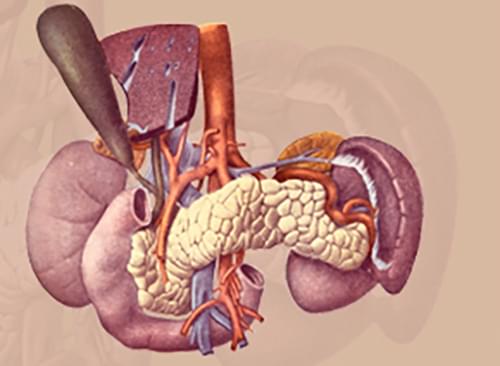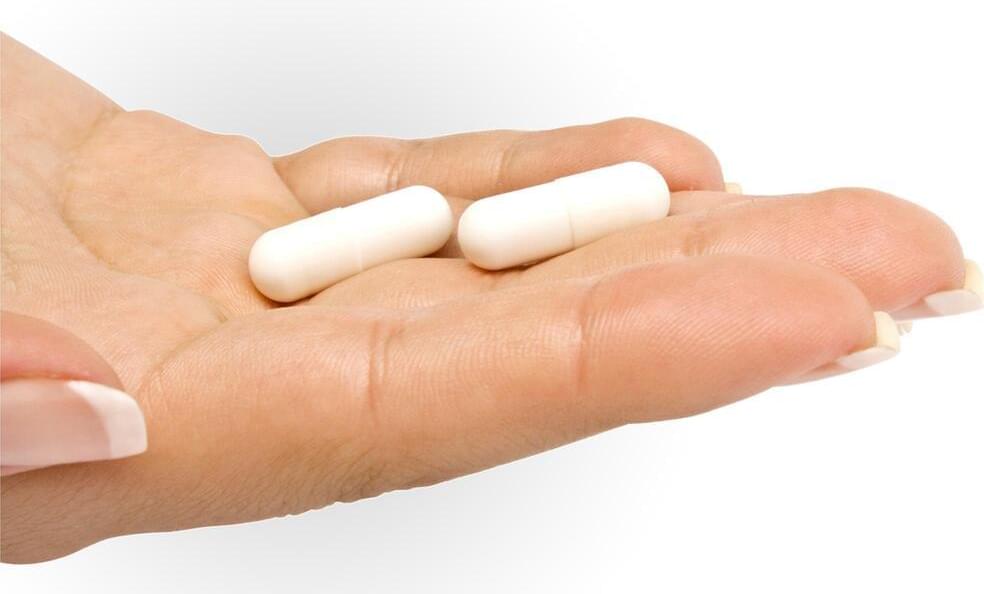😃 circa 2017.
George Church and colleagues use gene drive to target fungal pathogen resistance.

🔔 Subscribe now for more Artificial Intelligence news, Data science news, Machine Learning news and more.
🦾 Support us NOW so we can create more videos: https://www.youtube.com/channel/UCItylrp-EOkBwsUT7c_Xkxg.
From the home to the workplace, and to the sky above, robots in 2022 are transforming the world we know —and helping us understand the worlds we don’t. Let’s highlight a few of these remarkable machines and how they might transform not only how we interact with ourselves, but also the universe around us. We will take about the following robots: Mars Perseverance & Ingenuity, Moley the Robotic Chef, Toyota’s Robotic Butler, Spot by Boston Dynamics, Digit by Agility Robotics, Atlas by Boston Dynamics, Guardian XO Exoskeleton, Vicarious Medical Robot, British loyal wingman and Xenobots!
#robot #robotics #bostondynamics.
📺 Fun fact: Smart people watch the entire video!
🤖 AI News Daily provides the latest Artificial Intelligence news and trends. Explore industry research and reports from the frontline of AI technology news.
Some people are accusing Ethereum co-founder Vitalik Buterin and other rich tech guys, such as Elon Musk, to be building “The Matrix” for suggesting artificial wombs could ease the pregnancy on women.

Join us on Patreon!
https://www.patreon.com/MichaelLustgartenPhD
Papers referenced in the video:
Main study:
Clinical course of the longest-lived man in the world: A case report.
https://pubmed.ncbi.nlm.nih.gov/34973348/
Age and cystatin C in healthy adults: a collaborative study.
https://pubmed.ncbi.nlm.nih.gov/19749145/
Cystatin C and long-term mortality among subjects with normal creatinine-based estimated glomerular filtration rates: NHANES III (Third National Health and Nutrition Examination Survey)
https://pubmed.ncbi.nlm.nih.gov/21109116/
High-density lipoprotein cholesterol and all-cause mortality by sex and age: a prospective cohort study among 15.8 million adults.
https://pubmed.ncbi.nlm.nih.gov/33313654/
High-sensitivity C-reactive protein and coronary heart disease in a general population of Japanese: the Hisayama study.

*The past two years has seen a rapid shift of work to remote and hybrid offices. The statistics show that hackers welcomed that shift and took advantage of the vulnerabilities and gaps in security by businesses.
* Cyber perils are the biggest concern for companies globally in 2022, according to the Allianz Risk Barometer. The threat of ransomware attacks, data breaches or major IT outages worries companies even more than business and supply chain disruption, natural disasters or the COVID-19 pandemic, all of which have heavily affected firms in the past year.
Cyber incidents tops the Allianz Risk Barometer for only the second time in the survey’s history (44% of responses), Business interruption drops to a close second (42%) and Natural catastrophes ranks third (25%), up from sixth in 2021. Climate change climbs to its highest-ever ranking of sixth (17%, up from ninth), while Pandemic outbreak drops to fourth (22%).y affected firms in the past year. past two years has seen a rapid shift of work to remote and hybrid offices. The statistics show that hackers welcomed that shift and took advantage of the vulnerabilities and gaps in security by businesses.

A study cohort that received an oral supplement of a gut-produced compound had better endurance in two small exercises.
An oral supplement intended to stimulate a natural body process appears to promote muscle endurance and mitochondrial health in humans. New research suggests that the supplement, urolithin A, may help improve or prolong muscle activity in people who are aging or who have diseases that make exercise difficult.
The paper was published in JAMA Network Open.

The heat-producing electronic components are printed on a substrate material with a method known as roll-to-roll processing. The 0.05-millimetre thick metal mesh can then be cut to form and installed on materials such as fabrics, paper and floor laminates without any additional support layers and without significantly affecting the properties of the material – be it elasticity or breathability.
VTT Technical Research Centre of Finland has unveiled a thin and flexible precision heater suitable not only for indoor environments, but also for food packaging and clinical surfaces.

A literature review by researchers at the School of Biomedical Engineering & Imaging Sciences fleshes out key issues currently preventing the proliferation of robotic procedures, specifically their use in image-guided interventional procedure in the brain.
Key criteria for future success are also highlighted.
The researchers conducted the systematic review of the literature by looking at applications of robotic systems in interventional neuroradiology—image-guided interventional procedures using devices in the blood vessels to treat diseases in the brain such as the treatment of aneurysms (blisters forming in blood vessels) which can cause catastrophic bleeding if they rupture. Another procedure is clot removal in stroke. Clot removal, known as mechanical thrombectomy, is performed to stop that area of the brain from dying.

I wonder if you could use this stuff for brain scans.
Neuralink, the US neurotechnology firm co-founded by billionaire entrepreneur Elon Musk, has begun recruiting key employees to run its clinical trials, signaling that it’s inching closer to starting human testing of its brain implants.
The company has posted advertisements to hire a clinical trial director and a clinical trial coordinator. The ads note that the staffers will “work closely with some of the most innovative doctors and top engineers, as well as working with Neuralink’s first clinical trial participants.” Neuralink said the director will lead and help build its clinical research team and will develop “regulatory interactions that come with a fast-paced and ever-evolving environment.”
Musk, who ranks as the world’s richest person with a fortune estimated at $256 billion, said last month that he expects to have Neuralink brain chips implanted in humans sometime in 2022, pending approval for testing plans by the US Food and Drug Administration (FDA).